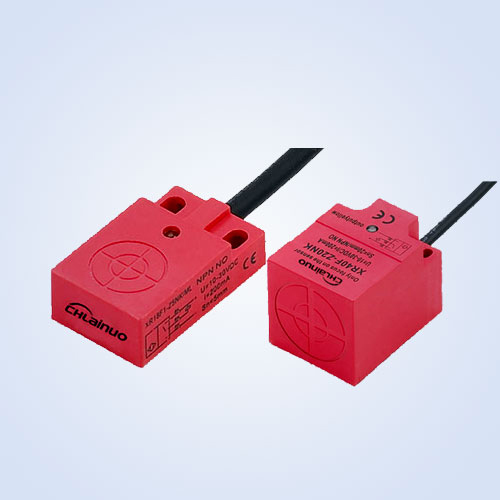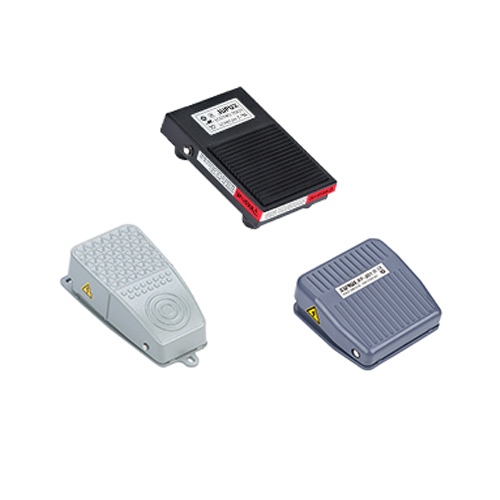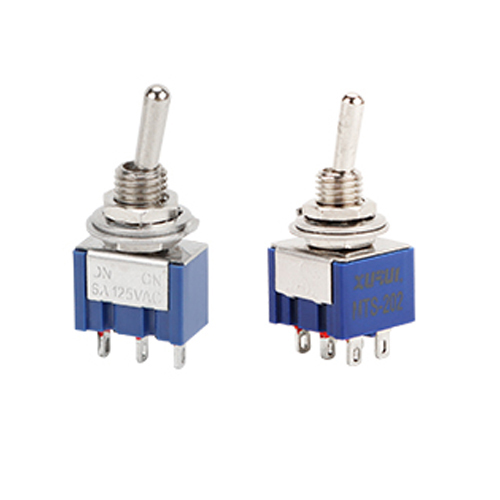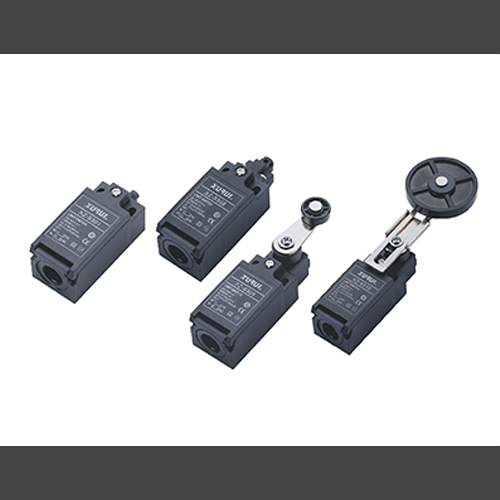In the realm of industrial automation and control systems, proximity switches play a pivotal role. These sensors are designed to detect the presence or absence of an object without physical contact, making them invaluable in a wide range of applications, from manufacturing lines to robotics. To ensure the accuracy and reliability of proximity switch - based operations, proper calibration is essential. This article delves into the various calibration methods for proximity switches.
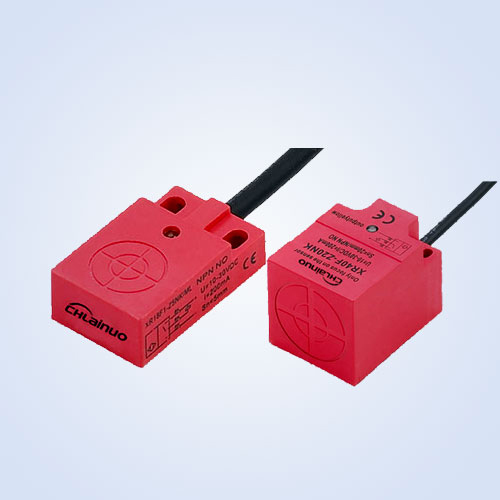
Understanding the Basics of Proximity Switch Calibration
Before diving into the calibration methods, it's crucial to understand why calibration is necessary. Over time, environmental factors such as temperature fluctuations, humidity, and electromagnetic interference can affect the performance of a proximity switch. Additionally, normal wear and tear or installation - related issues might lead to deviations in the switch's detection range and accuracy. Calibration serves to fine - tune the switch, ensuring that it provides consistent and precise readings.
Visual Inspection and Preliminary Checks
The first step in the calibration process is a visual inspection. Examine the proximity switch for any signs of physical damage, such as cracks in the housing, loose wires, or dirt accumulation. Ensure that the switch is properly installed and aligned according to the manufacturer's specifications. A misaligned switch can lead to inaccurate readings. Also, check the power supply to the switch to confirm that it is within the recommended voltage range.
Using Standard Test Objects
Most proximity switches are calibrated using standard test objects. For inductive proximity switches, which are designed to detect metal objects, a standard - sized metal target of the appropriate material (usually ferrous or non - ferrous, depending on the switch's design) is used. The size and shape of the test object are crucial as they can influence the switch's detection range. For example, a larger metal target may be detected at a greater distance compared to a smaller one.
The test object is placed at a known distance from the proximity switch, typically the rated operating distance specified by the manufacturer. The switch's output is then observed. If the switch does not activate or deactivate at the expected distance, adjustments are made. This could involve adjusting the sensitivity setting of the switch, if available, or fine - tuning the position of the switch relative to the test object.
Precision Measuring Tools
In more precise calibration procedures, precision measuring tools such as micrometers or laser distance meters are employed. These tools help in accurately determining the distance between the proximity switch and the test object. For example, a laser distance meter can provide highly accurate distance measurements, allowing for very precise calibration of the switch's detection range.
When using these tools, the test object is moved in small, incremental steps towards or away from the proximity switch while continuously monitoring the switch's output. The exact distance at which the switch transitions from its off - state to its on - state (or vice versa) is recorded. This data is then used to create a calibration curve, which can be used to adjust the switch's settings for optimal performance.
Automated Calibration Systems
In industrial settings where a large number of proximity switches need to be calibrated, automated calibration systems are often used. These systems typically consist of a robotic arm or a positioning stage that can precisely move the test object relative to the proximity switch. The system is controlled by software that can automatically record the switch's output at different distances and perform the necessary calculations for calibration.
Automated calibration systems offer several advantages. They are much faster than manual calibration methods, reducing the time required to calibrate multiple switches. They also eliminate human error associated with manual measurements and adjustments, ensuring more consistent and accurate calibration results.
Post - Calibration Testing
After the calibration process is complete, it's essential to perform post - calibration testing. This involves subjecting the proximity switch to a series of real - world scenarios similar to its intended operating conditions. For example, if the switch is used in a manufacturing line to detect the presence of moving parts, the test may involve simulating the movement of these parts and checking if the switch accurately detects them.
During post - calibration testing, any issues or discrepancies are noted, and if necessary, the calibration process may be repeated to further refine the switch's performance.
In conclusion, proper calibration of proximity switches is vital for their reliable operation in various applications. By following the methods outlined above, from visual inspections and using standard test objects to employing precision measuring tools and automated calibration systems, users can ensure that their proximity switches provide accurate and consistent detection, contributing to the smooth operation of industrial automation and control systems.


